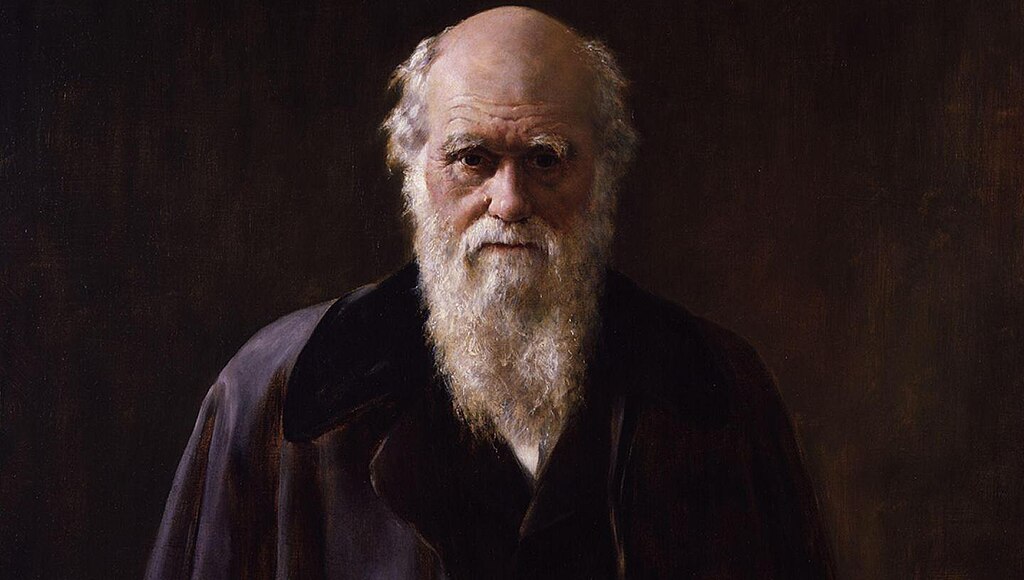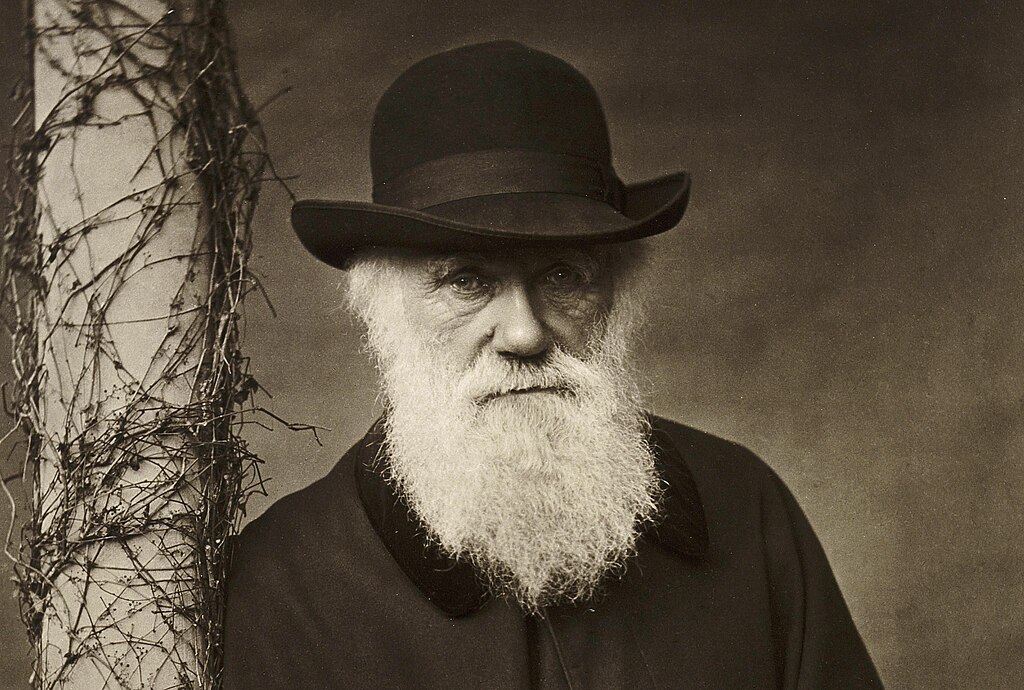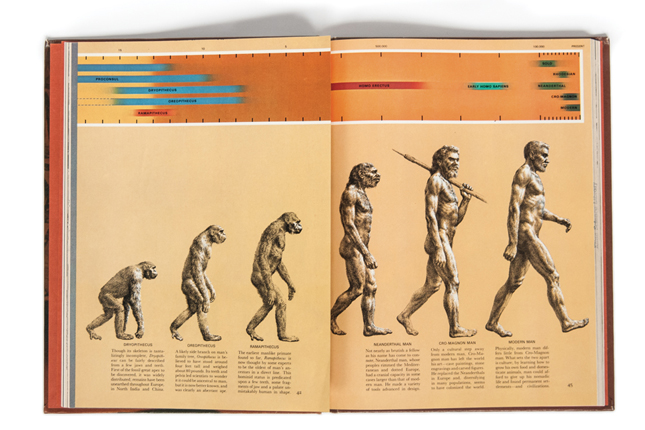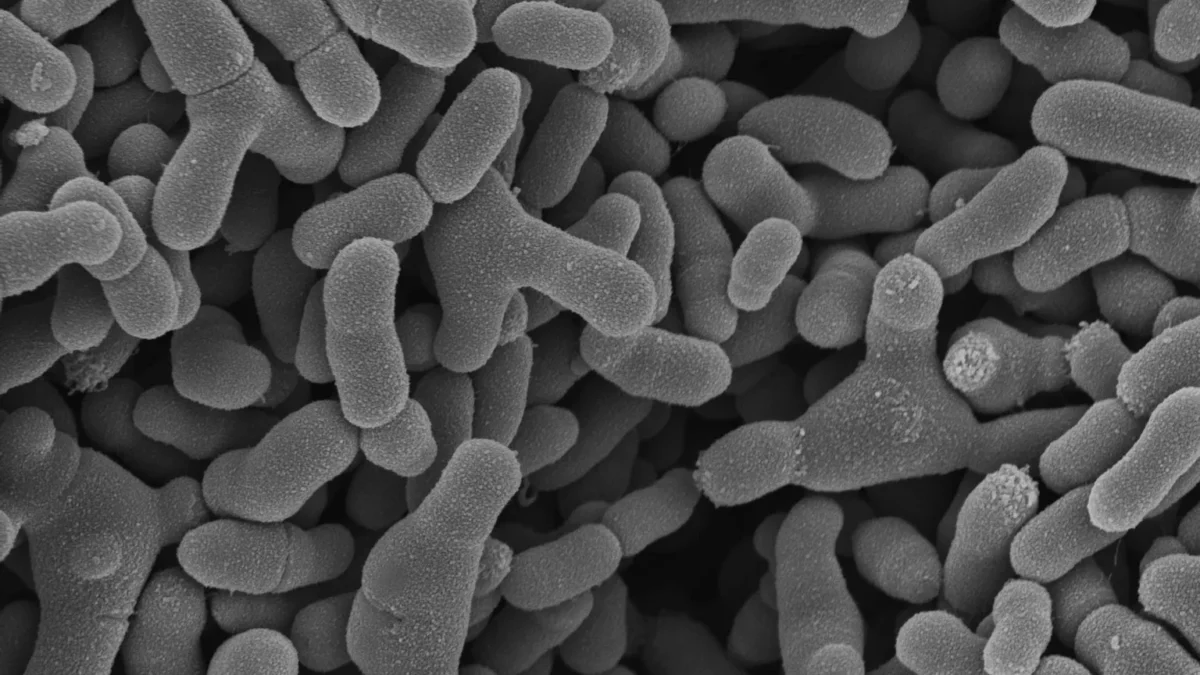 #News
#News
Book presents evolution as scientific fact
Publication collates evidence firming up Darwin’s theory of evolution, and discusses how science is positioning itself against denialism
 Portrait of the English naturalist Charles Darwin (1809-1882) by the British painter John Collier (1859-1934) | Image: National Portrait Gallery / Wikimedia Commons
Portrait of the English naturalist Charles Darwin (1809-1882) by the British painter John Collier (1859-1934) | Image: National Portrait Gallery / Wikimedia Commons
To combat the growing number of denialist attacks on the theory of evolution, the Brazilian Academy of Science (ABC) has decided that instead of taking a polemic stance, the best strategy would be to present data proving the theory of British naturalist Charles Darwin (1809–1882).
This has led to the book A Evolução é Fato (Evolution is a fact) (available free in PDF), coordinated by molecular biologist Carlos Menck, of the Institute of Biomedical Sciences at the University of São Paulo (ICB-USP), and written by 28 researchers.
“In the 165 years since the publication of Darwin’s The Origin of Species in 1859, the theory of evolution has been exhaustively tested,” says biomedical physician Helena Nader, president of the Brazilian Academy of Science (ABC).
Nader says that the ABC work, which covers aspects from the big bang to human evolution, was gradually expanded to make it more comprehensive and to include more Brazilian examples, leading to a justifiable delay in the response to attacks on the theory, which intensified during the COVID-19 pandemic.
The book demonstrates the principal evidence of evolution and the numerous transformations of the theory, which has been complemented with new data on a number of occasions. One of the most significant additions occurred in 1942, when the laws of heredity developed by Austrian monk Gregor Mendel (1822–1884), ignored until 1900, were used to formulate Modern Evolutionary Synthesis.
Survival of the fittest
The Mendelian gene concept helped to fill a gap in the natural selection mechanism proposed by Darwin, by which the fittest living beings survive and reproduce, transmitting favorable characteristics through new generations.
Darwin, however, did not know how these new characteristics, now known as mutations, would emerge, nor how they were transmitted down the bloodline.
In 1953, the discovery of DNA structure and its ability to store information later used to synthesize proteins—known as the central dogma of biology—detailed the mechanisms of heredity at molecular level.
“Today we know that all cells have DNA and produce proteins, indicating the existence of a common ancestor for all living beings,” observes Menck in reference to the last universal common ancestor (LUCA), thought to have lived some 3.5 billion years ago.
LUCA, however, was a simple cell, with neither nucleus nor organelles, such as mitochondria, which generate energy for the cells, but already with ribosomes, which synthesize proteins; these latter are also found in all known cells.
In 1981, biologist Lynn Margulis (1938–2011) advocated that organelles emerged from bacteria incorporated by the cells, a process she dubbed as endosymbiosis.
“Current DNA sequencing that codifies ribosomes and mitochondria proves that organelles came from bacteria,” Menck states.
Genome sequencing
On the other hand, sequencing the genomes of organisms helped form the tree of life that Darwin started to sketch out. Along general lines this sequencing, conducted in large scale only from 1995, confirms the evolutionary process of living beings. Today, for example, the data indicate that the evolutionary similarity of humans with chimpanzees is 98%, confirming that humans did in fact originate from an ancestor in common with primates, as Darwin proposed—perhaps the most significant point of resistance to his theory.
For example, fossil studies have revealed that during human evolution, the human being was not unique: there were between 15 and 20 species in the hominid family, and Homo sapiens coexisted with some of them, including the Neanderthals.
Fossils continue to provide the most visual and educational evidence of evolution. In 1869, biologist Thomas Huxley (1825–1895) raised the hypothesis that dinosaurs gave origin to birds, based on similarities in their bone structure.

Almost a century on, the discovery of Deinonychus, a feathered dinosaur, backed up the premise. Scientists today consider birds to be the only living representatives of the dinosaurs.
“All the evidence-based scientific observations have proved and expanded upon Darwin’s ideas,” says Nader.
The concept of evolution is so well disseminated among scientists that it is used to define possible extraterrestrial lifeforms to be sought by US space agency NASA. The agency says that life can be defined, in one sense, as “a self-sustaining chemical system capable of Darwinian evolution.”
In other words, this organism must have a chemical mechanism for transmitting hereditary information, which may or may not be similar to DNA, with the capacity of transforming through the generations by means of natural selection.
Unanswered questions
Not all mysteries are solved by evolution. The theory does not conclusively explain how the origin of life came about. One of the most widely accepted hypotheses suggests that early human beings used ribonucleic acid (RNA), and not DNA, as the heredity molecule.
“Experiments demonstrate that RNA may have been formed from simple substances in the primordial soup,” says Menck.
According to the USP researcher, these molecules present enzyme activity that may have given rise to the capacity for replication, as occurs in coronaviruses, which replicate the (RNA) molecule to reproduce.

“This type of virus evolved from these first organisms, which lived in the so-called world of RNA,” adds Menck. The molecules are thought to have developed protective membranes around the RNA, thereby forming the first cells.
The coronavirus is a real-time example of evolution: the mutation of virus RNA giving origin to new variants capable of dodging the immune system.
Understanding these genetic mutations, their consequences in the function of the virus, and the organism’s reaction mechanism was important for development of the different updates of vaccines in their different lineages.
Despite all of this evidence, says Nader, evolution does not suggest that God does not exist.
The researcher, echoing ABC’s official stance, states that science and evolution are not incompatible with faith, but while the latter is a more personal matter, the former depends on experiments.
“Science makes no statements about faith in the same way that creationism and intelligent design cannot explain the facts around the origin of life and evolution. Only science can do that.
*
This article may be republished online under the CC-BY-NC-ND Creative Commons license.
The text must not be edited and the author(s) and source (Science Arena) must be credited.
News
 #News
#News
 #News
#News
 #News
#News
